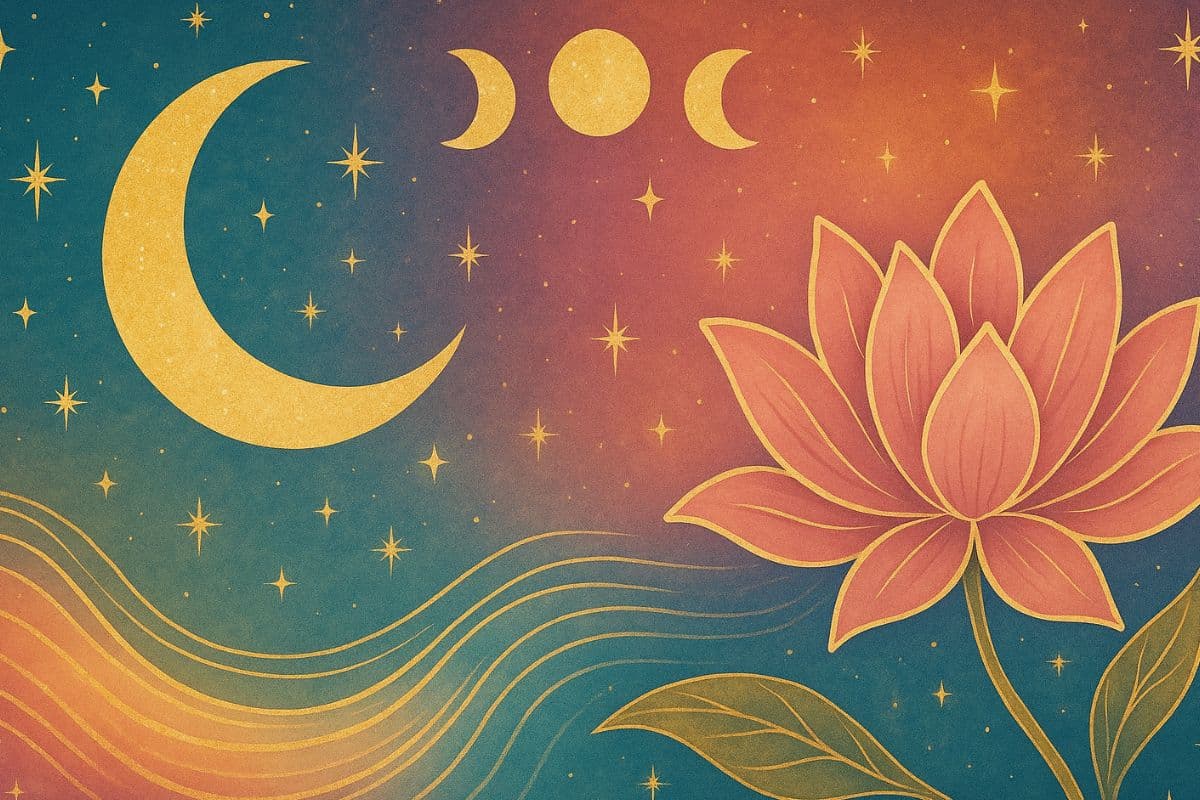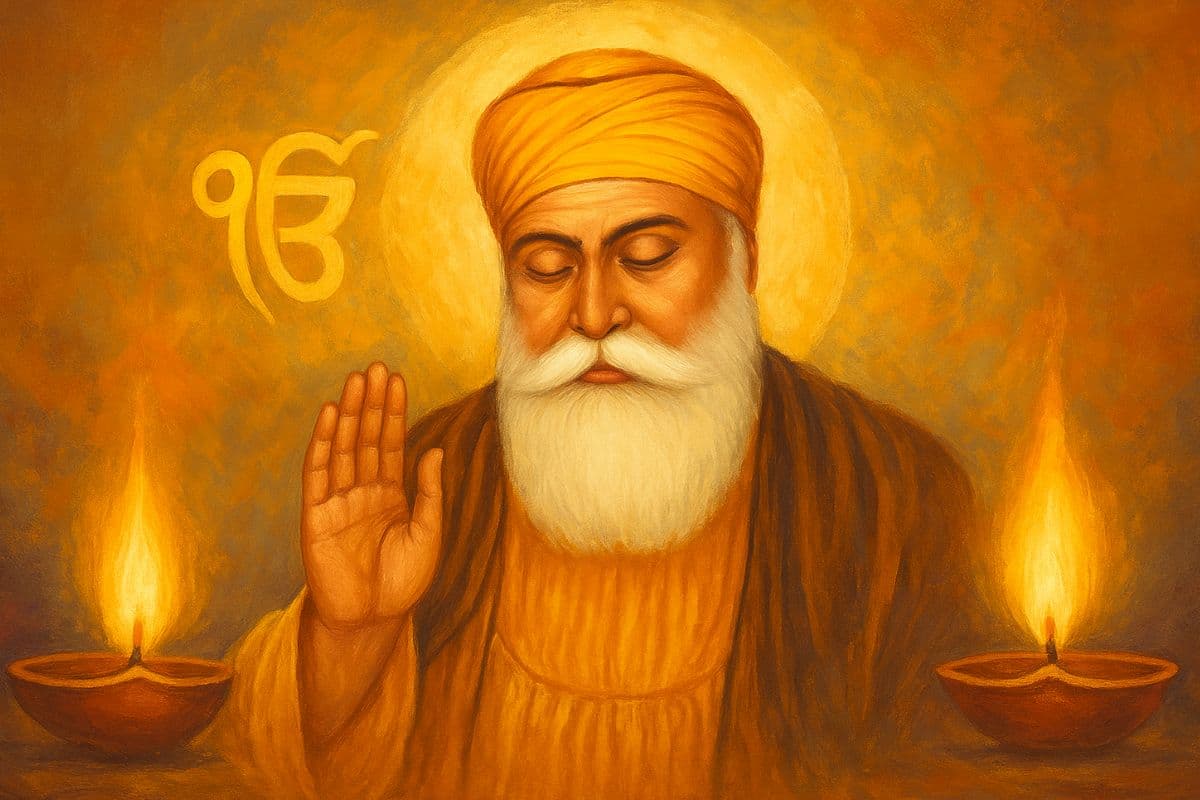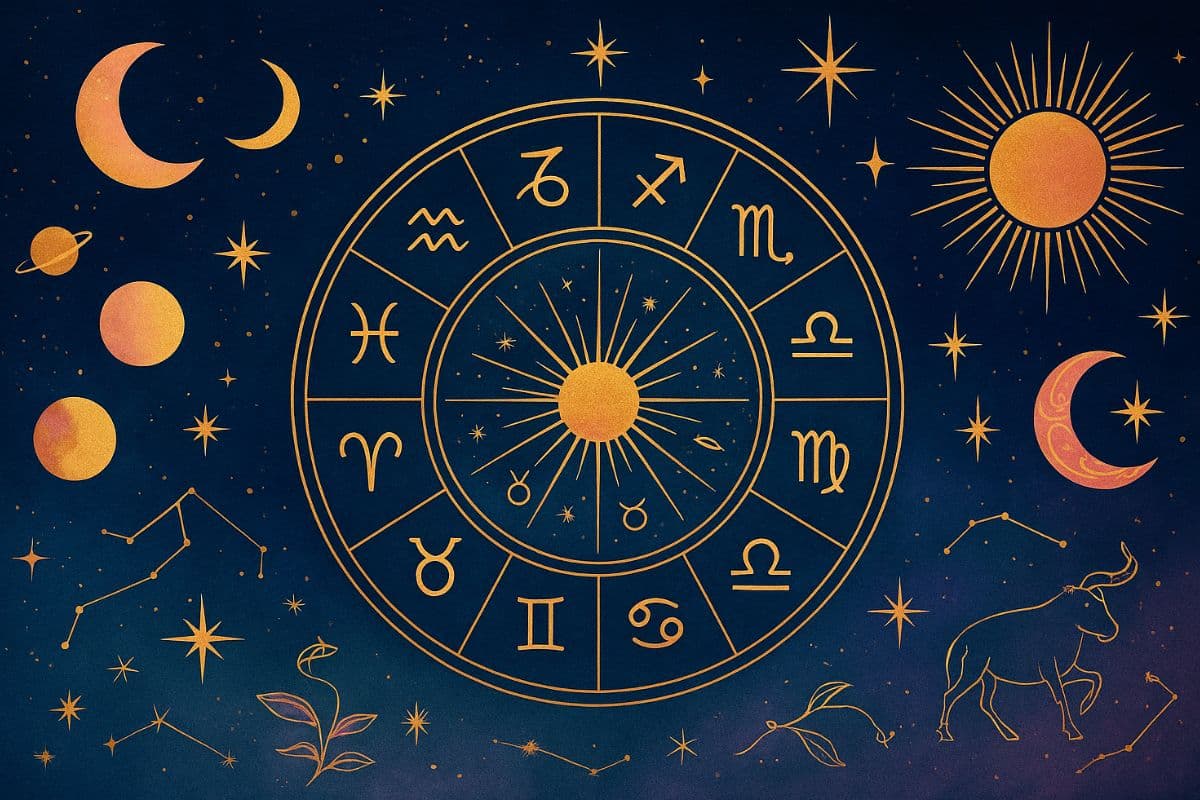Symbolism of the Full Moon on Buddha Purnima

Buddha Purnima, also known as Vesak or Buddha Jayanti, is one of the most sacred observances in the Buddhist calendar. Celebrated on the full moon day of the Vaishakha month (April–May), it marks the triple-fold significance of Lord Buddha’s birth, enlightenment, and passing into Mahaparinirvana.
Buddha Purnima, also known as Vesak or Buddha Jayanti, is one of the most sacred observances in the Buddhist calendar. Celebrated on the full moon day of the Vaishakha month (April–May), it marks the triple-fold significance of Lord Buddha’s birth, enlightenment, and passing into Mahaparinirvana.
In 2025, Buddha Purnima is observed on Monday, May 12. This convergence on a full moon holds deep symbolic meaning, both in Buddhist tradition and in spiritual practice across cultures.
The Full Moon and Inner Illumination
The full moon has long symbolized clarity, wholeness, and awakening. On Buddha Purnima, it becomes a mirror of the enlightened mind, one that is serene, complete, and free from the shadows of ignorance.
In Buddhist teachings, the moon’s full radiance reflects the state of nirvana, a mind fully awakened, no longer clouded by desire, hatred, or delusion. Just as the moon illuminates the night sky, the wisdom of the Buddha brings light to the darkness of suffering.
Emotional Release and Stillness
Energetically, the full moon is often associated with heightened emotional states. On Buddha Purnima, practitioners are encouraged to turn inward, to observe and gently release emotional burdens through meditation, chanting, and silence.
Letting go becomes a form of honouring the Buddha’s life and message — particularly his emphasis on non-attachment and inner peace. Many find that meditating under the full moon’s light enhances emotional clarity, compassion, and a sense of spiritual renewal.
Rituals that Deepen Connection
Devotees around the world mark this day through rituals that foster inner purification and merit-making:
- Visiting temples and listening to discourses on the Dhamma (Buddha’s teachings)
- Practicing generosity through acts of charity and kindness
- Engaging in deep meditation and reflective silence
- Offering water over the statue of the baby Buddha, symbolizing spiritual cleansing
- Observing a vegetarian diet and refraining from harmful speech or action
These practices are not only symbolic; they serve as tools for emotional balance and spiritual growth — especially potent under the influence of the full moon.
A Moment for Mindfulness
Buddha Purnima invites us to pause, breathe, and reflect. It is a time to realign with values of compassion, non-violence, and equanimity. The full moon amplifies this stillness, creating a perfect atmosphere for insight and healing.
As we look to the sky and see the moon in its full glory, we are reminded that the light we seek already resides within. Enlightenment, after all, is not a destination — it is the quiet return to our true nature.
“Just as the moon emerges from behind the clouds to shine brightly, the truth too will reveal itself when the mind is still.” — Buddhist teaching



